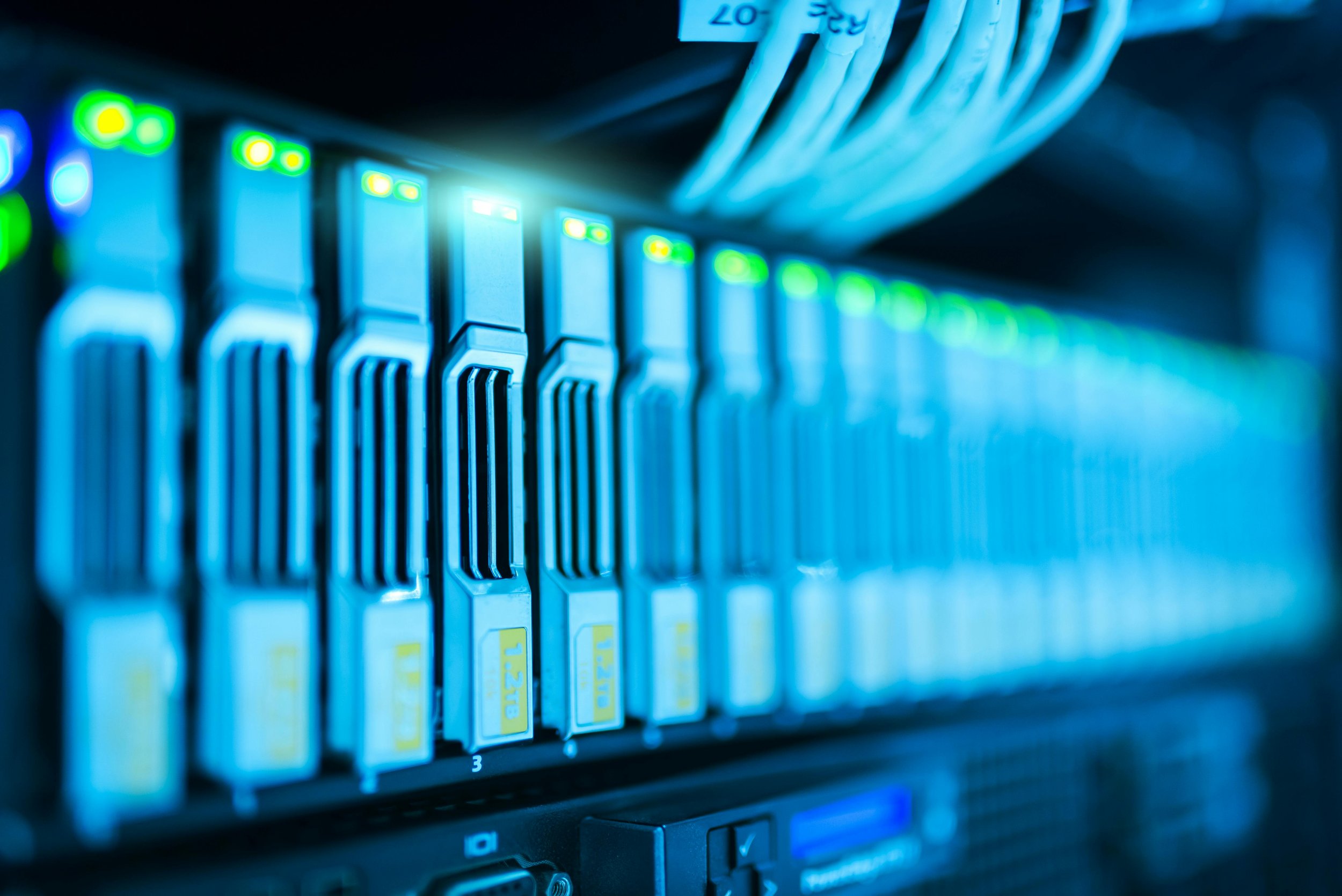AI for Good: Understanding AI’s Environmental Impact
Technology that makes use of “AI” is becoming more widespread than ever before. But what exactly is AI? And what is its relationship to climate change, the environment, and sustainability?
At its most basic level, “Artificial Intelligence’, or ‘AI’, is an emergent technology that makes use of massive sets of data and computer processing power in order to mimic human intelligence, find patterns, and make decisions.
AI technology can be implemented in a wide variety of ways, ranging from cutting edge environmental research (like monitoring methane levels in the atmosphere), medical applications and cancer detection, all the way down to more everyday uses, like LLM (Large Language Models) chatbots/assistants such as Google Gemini and ChatGPT.
Unfortunately, in the realm of climate change, the exciting potential of AI usage also comes with a harsh reality: the very infrastructure that enables so much of AI technology to be possible also has significant impacts on the environment.
How AI Uses Energy, Water, and Resources
According the the UN Environment Programme, the data centers (the physical spaces that host computer servers) that power large-scale Artificial Intelligence technology pose the following issues:
- Water usage: Data centers/ AI server farms use significant amounts of water to keep this hardware cool and prevent overheating. Some estimates for larger models (like OpenAI’s now-retired ChatGPT-3) are as high as millions of gallons of fresh water.
- Electronic waste: Harmful substances like mercury and lead are frequently produced when electrical computer components are improperly disposed of.
- Electricity & Fossil Fuel use: AI data centers and their carbon footprints are also becoming a major concern. Larger facilities need access to a lot of electricity - meaning that these buildings are burning high levels of fossil fuels (emitting greenhouse gases into the atmosphere) while also using a disproportionate amount of energy compared to their neighbors.
Not all “Artificial Intelligence” technology depends on this type of resource-intensive infrastructure, but a wide portion of it does. There is a distinct difference between “Generative AI” (tools that create art, images, music, etc. using human-generated data) and diagnostic AI tools that are used for scientific or medical purposes.
Regardless, it’s still important to advocate and practice responsible use of AI - by supporting legislation that puts energy/resource limits on AI server farms, ensuring that we aren’t using AI tools frivolously, and taking time to understand the harmful effects of certain AI infrastructure.
Examples of Sustainable AI in Action
Despite these very real issues with the infrastructure that supports AI, there are also a wealth of opportunities for this technology to help us address and understand Earth’s climate crisis in an entirely new way.
Scientists at the University of Leeds (UK), for example, have developed an AI model that can track changes in large icebergs at a rate “10,000 times faster than a human can do it”.
Monitoring changes in iceberg size and melting rates is essential in the fight against climate change, as the ‘meltwater’ that these icebergs release into the ocean is a key indicator of a warming planet.
In another application, an AI system is even being used for helping waste facilities more efficiently and effectively recycle. By tracking billions and billions of waste items, the company Greyparrot identified thousands of lbs of items that could be sorted out into recycling instead.
Finally, even here at Replate, we’re working on a project that uses AI to make food recovery more efficient and effective.
Through a partnership with Rubbish and San Francisco’s Chase Center, we’ve been internally testing AI photo-scanning tools as a way to capture data from larger food rescues.
By having AI software capture our data (rather than have a person manually weigh each item), we can more easily sort donated food into certain categories, minimize the time spent on and off-site weighing items, and provide more accurate insights on what food types are being donated and/or wasted.
These applications of sustainable AI use show how this technology can indeed be used to help reduce waste, lower emissions, and create new tools for understanding climate change.
Toward a More Responsible, Green AI Future…
It’s clear that AI technology has the potential to revolutionize the way that we understand and study climate change.
At the same time, we should also be wary of the rapid expansion of this technology, and ensure that we don’t ignore the environmental impact of AI use. Given how commonplace artificial intelligence tools already are, it’s likely that we will only see AI use expand in the future. Some estimates already predict that AI use will result in between 4-6 billion gallons of water used by 2027.
With this in mind, our priority as consumers should be to use this technology as responsibly as we can.
At Replate, our goal is to leverage technology responsibly, to reduce waste, increase food access - and do so with minimal environmental footprint. We recognize that AI's infrastructure poses real challenges, and believe in a future where legislation, innovation, and ethical use go hand-in-hand.
Want to learn more about how Replate is using technology to reduce food waste and fight climate change? Visit our about page for more.
See how Replate enables businesses to be in compliance with local California food recovery laws like SB1383.


